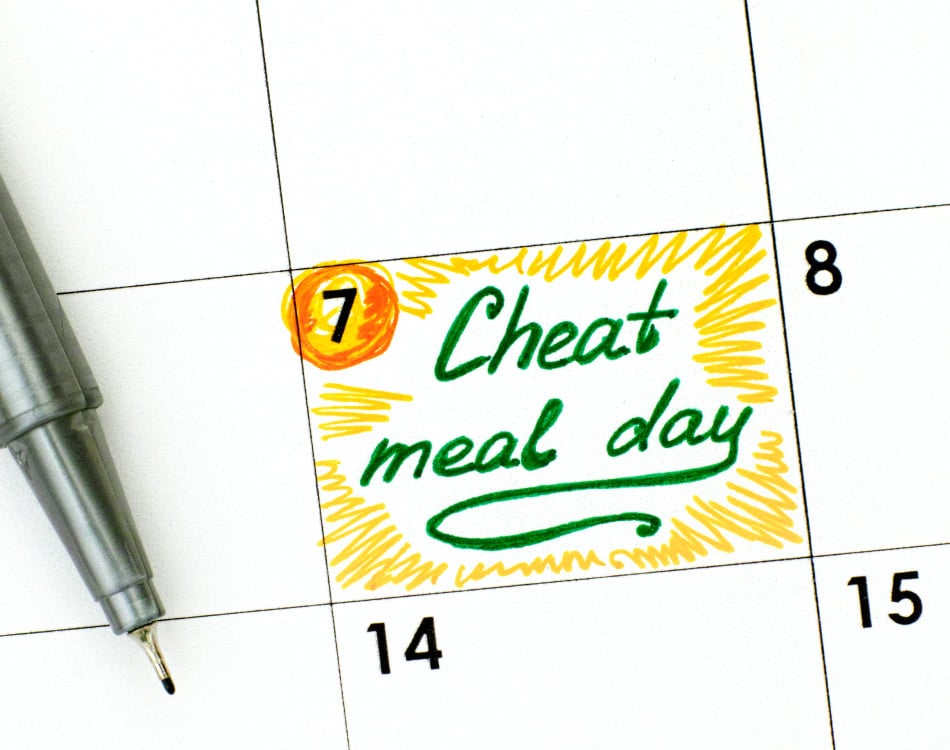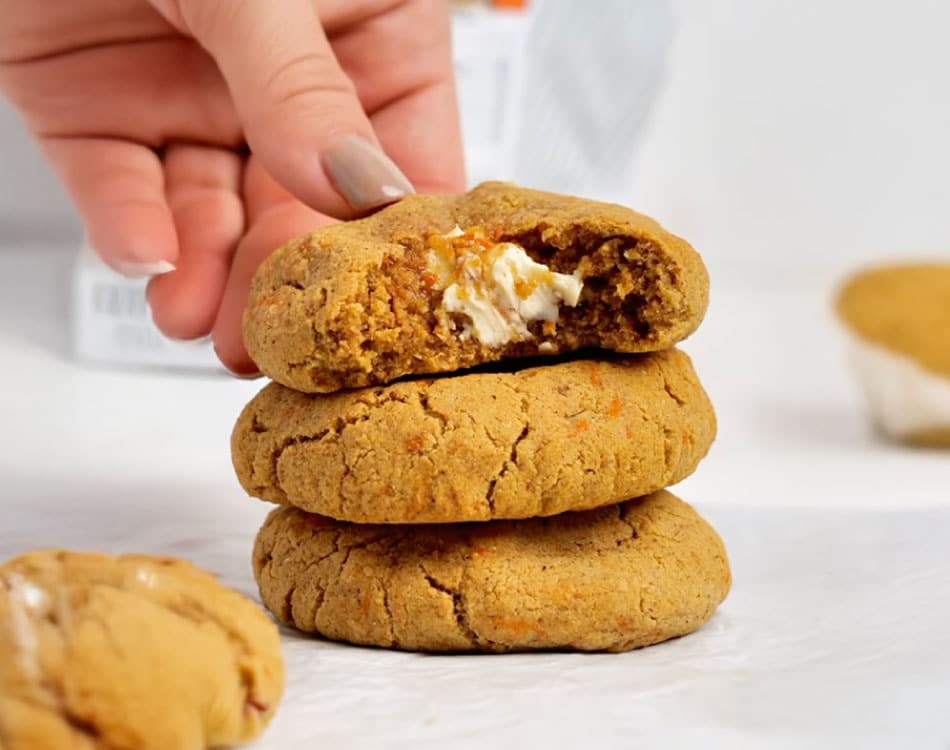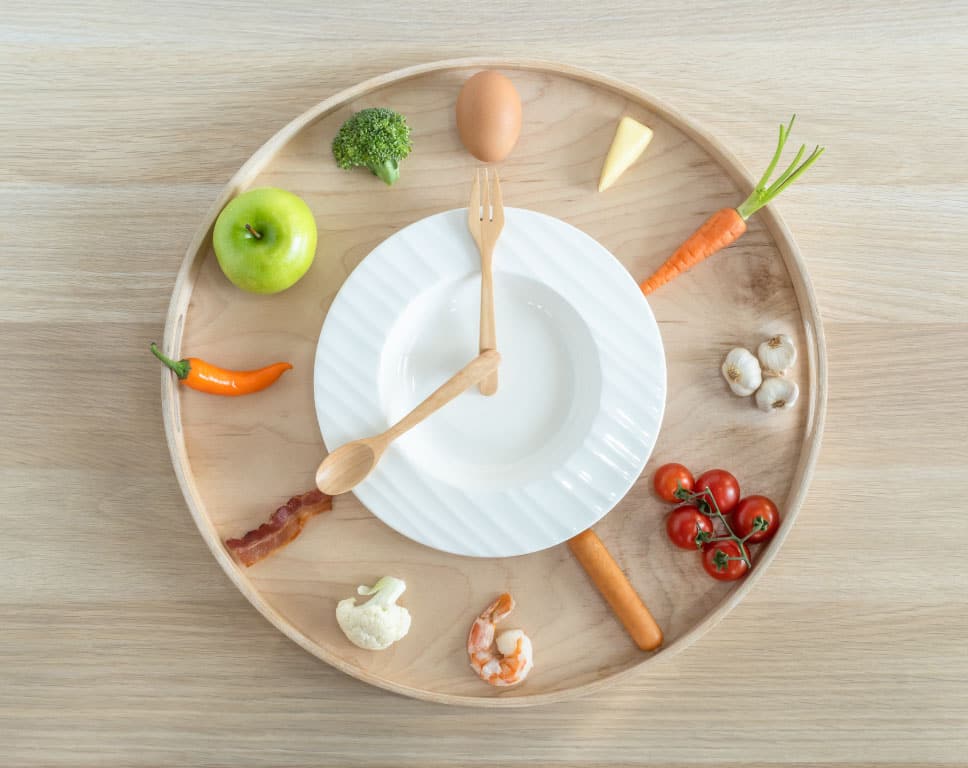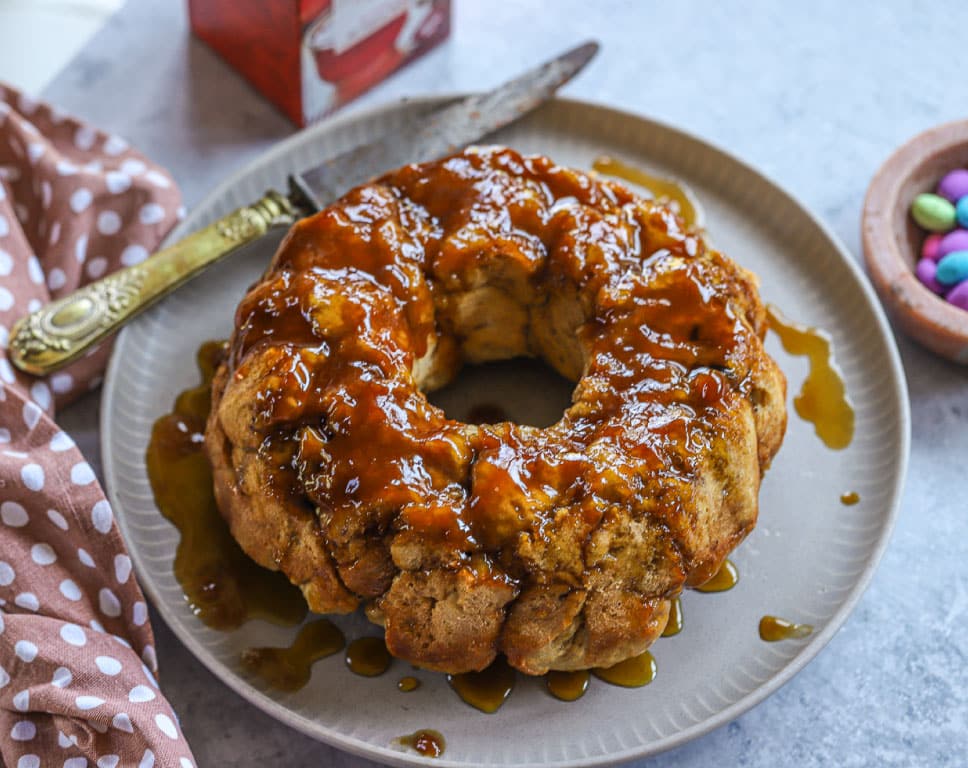While including a weekly treat meal in your diet can serve as a powerful motivator, uncontrolled overindulging can prove detrimental to your diet success.
The key to ensuring your treat meal has a beneficial impact in your lifestyle starts with framing it as a strategic and considered reward. When you adopt this mindset, a regular treat meal can offer numerous benefits.
READ MORE | Cheat Meals Explained – Put The ‘EAT’ In ‘CHEAT’
The psychological benefits
A treat offers numerous psychological benefits, like breaking the monotony of a diet, or allowing dieters to relax in social settings.
More importantly, periodic treat meals give you an opportunity to satisfy those cravings that inevitably arise when you’re trying to restrict problem foods or reduce your calorie intake.
Knowing that a treat meal isn’t too far off can reduce the psychological stress and anxiety that comes with any form of restrictive eating, and allows you to take a break, which can make a strict diet more manageable.
READ MORE | 5 Signs You Have A Bad Relationship With Food
The physical benefits
But there are potential physiological benefits as well. A well-planned treat meal can re-stock glycogen stores and increase energy to reduce feelings of perceived and actual fatigue so that you can train harder in the week ahead.
That’s also why treat meals are often referred to as a re-feed. In this context, the point isn’t to unhinge your jaw for a session of unbridled binge eating. Instead, it’s a controlled but considered meal that spikes calories.
READ MORE | 7 Tips To Curb Cravings And Keep Them In Check
The leptin link
This acute energy spike is key because adhering to a calorie-restricted diet will eventually shift you into “survival mode” as your body tries to hang onto some weight to preserve energy stores.
One change that happens in this process is leptin (the satiety hormone) production starts to taper off, which can increase hunger and reduce fat metabolism.
Leptin works to prevent the body from burning excessive fat by controlling hunger. If your leptin level is low, your body tends to store calories as fat and the rate at which you burn calories slows.
Ghrelin (the hunger hormone) production also rises in response to prompt you to devour more calories to refill waning fat stores.
Implementing a strategic treat meal may periodically raise leptin and lower ghrelin levels to help promote fat loss.
READ MORE | The Sweet Truth About What Happens To Your Body When You Eat Sugar
Choosing your treat
Armed with the knowledge needed to understand the role and the implications of treat meals, it’s time to pick your treat.
It is important to select the best options when opting to eat convenience, processed or fast foods.
It is also generally recommended that you schedule treat meals on days when you train large muscle groups, like legs and back, or after sessions that expend the most energy. This will help to balance out the spike in calories.
READ MORE | Calories And Kilojoules: Know The Difference, It’s Important!
Give in to your craving
While your weight-loss or body transformation success hinges on your ability to adhere to a balanced, calorie-controlled diet, strategic, well-planned treats have their place.
The trick is to satisfy any cravings and get the psychological and physiological benefit while minimising the potential damage, which is only possible when you make informed decisions.
Ultimately, it’s about indulging, within reason, to derive some benefits and maintain a more balanced lifestyle for the sake of your physical and mental health.















